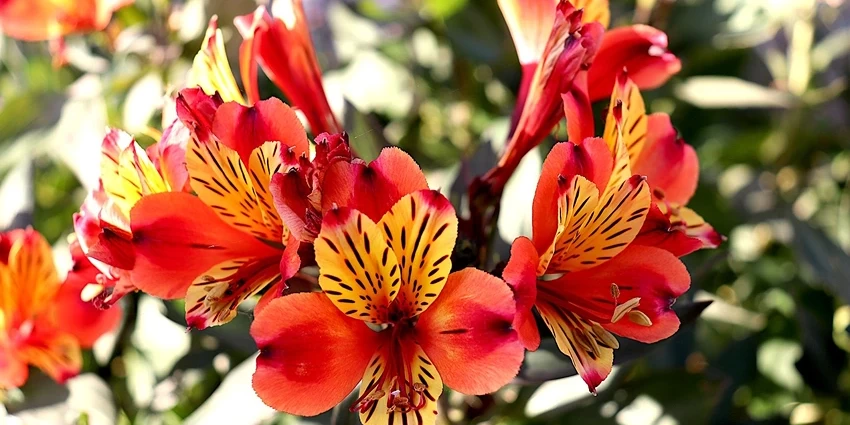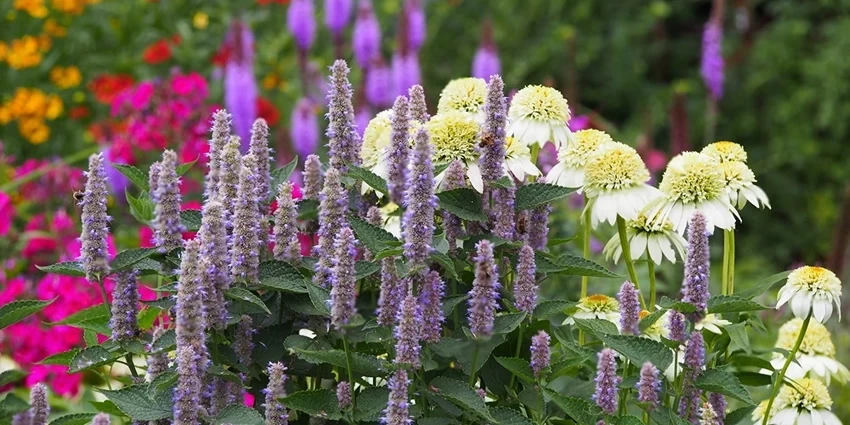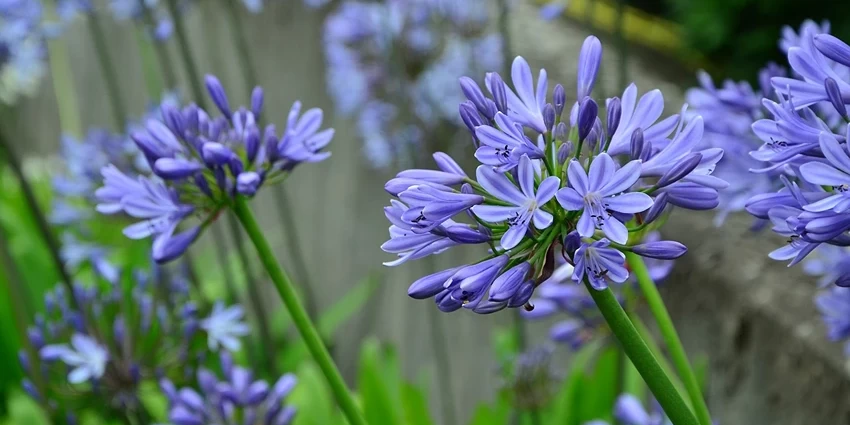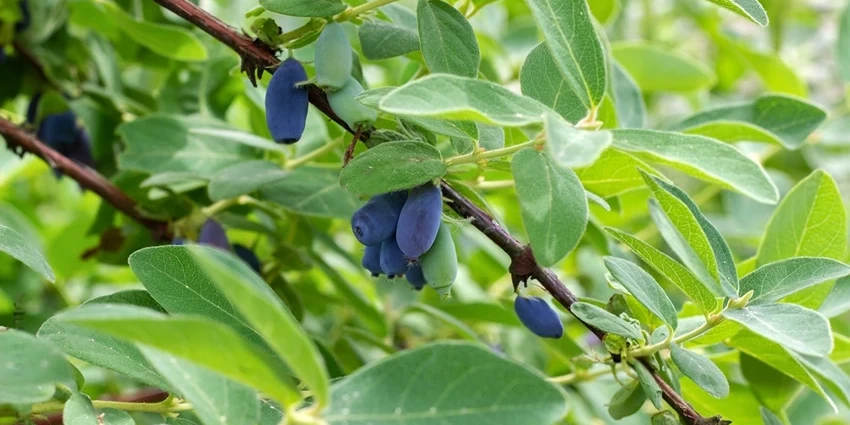All products were chosen independently by our editorial team. This review contains affiliate links and we may receive a commission for purchases made. Please read our affiliates FAQ page to find out more.
Home » How to » Grow Plants » How to grow Forget me not
Forget-Me-Not plants, known scientifically as Myosotis, are a gardener’s dream. These humble yet glorious spring flowers create a frothy blue cloud at the front of borders and paths, complementing other spring blooms and adding a wild, natural feel to any garden. Whether you’re a seasoned gardener or just starting out, growing Forget-Me-Nots can be a rewarding experience.
How to grow How to grow Forget me not
To grow Forget-me-nots, plant in moist, well-drained soil with partial shade. Water regularly to maintain soil moisture. These delicate flowers thrive in the UK climate, adding charm to your garden. No-fuss, easy-care plants for a touch of blue in your outdoor space.
Register for our latest in-depth reviews and product round-ups from the experts.
Enter your email address below to receive our monthly review emails.
By entering your details, you are agreeing to our terms and conditions and privacy policy. You can unsubscribe at any time.
Introduction to Forget-Me-Not
Forget-Me-Nots, with their frothy blue blooms, are more than just a pretty face in the garden. They hold significant symbolism, often representing true love and remembrance. These plants are not only aesthetically pleasing but also carry a deep emotional meaning.

Types of Forget-Me-Not Plants
There are several varieties of Forget-Me-Nots, each with its unique charm:
- Myosotis sylvatica (Woodland Forget-Me-Not): Known for its classic blue flowers, this biennial plant self-seeds freely.
- Myosotis scorpioides (Water Forget-Me-Not): Perfect for wildlife ponds, it provides shelter for aquatic larvae.
- Other Species: Including Myosotis arvensis and cultivars like ‘Blue Ball’ and ‘Bluesylva’.
Selecting the Right Location
Choosing the right spot for your Forget-Me-Nots is crucial. They prefer moist, well-drained soil and can flourish in both sunny and shady spots. Planting them alongside shade-loving plants like hostas can create an attractive display.
Sunlight and Soil Requirements
- Sunlight: Both full sun and partial shade work well.
- Soil: Aim for a soil that retains moisture without becoming waterlogged.
Planting Forget-Me-Not Seeds
May or June is the ideal time to sow Forget-Me-Not seeds. You can plant them directly outdoors or start them indoors and transplant later.
Tips for Germination Success
- Outdoor Sowing: Sprinkle seeds in the desired location and lightly cover with soil.
- Indoor Sowing: Use a heated propagator or a warm windowsill to create the right conditions.
- Transplanting: Once seedlings are large enough, transplant them to their final location.

Caring for Forget-Me-Not Plants
Forget-Me-Nots are relatively low-maintenance. Regular watering and occasional feeding will keep them happy. After flowering, be on the lookout for powdery or downy mildew and take action if needed.
Watering and Feeding
- Watering: Keep the soil consistently moist.
- Feeding: A general-purpose fertilizer applied sparingly will suffice.
Pruning and Maintenance
Pruning isn’t typically necessary for Forget-Me-Nots, but you can trim them back if they start to look untidy. This can also encourage new growth.
Encouraging Blooming
- Deadheading: Remove spent flowers to encourage more blooms.
- Light Pruning: Cutting back the stems can stimulate new growth and flowering.

Propagating Forget-Me-Nots
Propagation is a breeze with Forget-Me-Nots. They self-seed easily, so you can let nature do its work or collect and replant the seeds yourself.
Methods of Propagation
- Self-Seeding: Allow the plants to spread naturally.
- Seed Collection: Collect seeds and plant them where you want new plants to grow.
Additional Tips and Tricks
- Companion Planting: Forget-Me-Nots pair well with other spring flowers like tulips and wallflowers, enhancing each other’s beauty.
- Creative Uses: These plants are not just for borders; they can add a splash of color to window boxes and containers.
Frequently Asked Questions
- Aphids: Regular inspections and a strong water spray can keep these pests at bay.
- Slugs and Snails: Night patrols and beer traps are effective in controlling these garden nuisances.
- Powdery Mildew: Look for a white, powdery coating on leaves.
- Downy Mildew: Yellow patches on the upper surfaces of leaves and a downy growth underneath are telltale signs.
Absolutely! They make excellent container plants, adding a touch of spring to balconies and patios.
Troubleshooting Common Problems
Despite their resilience, Forget-Me-Nots can sometimes face challenges. Here’s how to tackle them:
Pest Control
- Aphids: These tiny pests can be washed off with water or removed manually.
- Slugs and Snails: Beer traps or hand-picking at night can effectively reduce their numbers.
Fungal Diseases
- Crown Rot: Remove affected plants immediately to prevent spread.
- Other Fungal Issues: Ensure good air circulation and remove dead plant matter. Fungicides can be used as a last resort.
Forget-Me-Not Varieties to Try
- Myosotis scorpioides: Ideal for wildlife ponds.
- Myosotis sylvatica: The classic blue Forget-Me-Not, perfect for naturalizing.
- Myosotis arvensis: An annual variety with blue and sometimes pink flowers.
- Cultivars: ‘Blue Ball’, ‘Bluesylva’, and ‘Victoria’ offer unique colors and growth habits.
Forget-Me-Nots are more than just a garden plant; they’re a symbol of enduring memories and love. With these tips and solutions to common problems, you’re well-equipped to grow these delightful flowers successfully.
Eleanor is the quintessential spirit of the British gardener — passionate, dedicated, and endlessly curious about the natural world. Born and raised amidst the verdant landscapes of the Cotswolds, she developed an early love for the outdoors, often spending hours in the family garden with her hands buried in the soil, nurturing every type of plant she could find.








